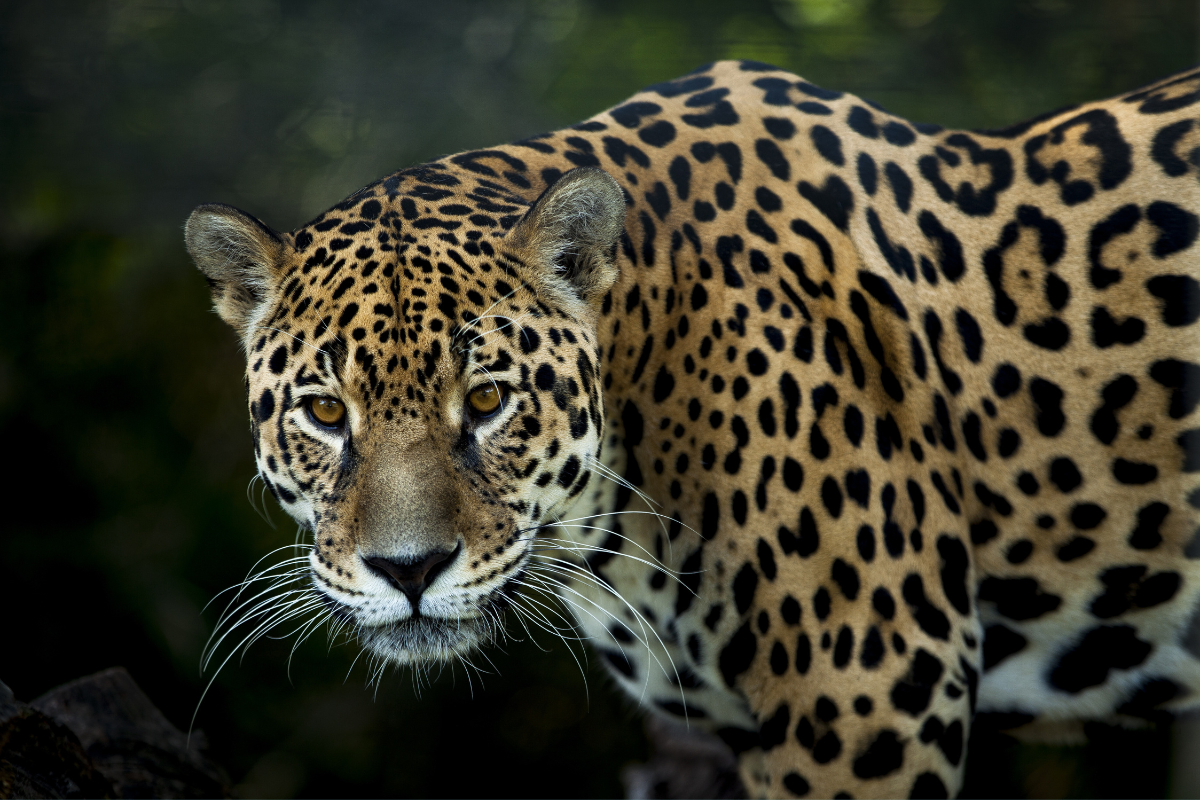Last year, the United States lost 23 species to extinction, including the well-known, beloved ivory-billed woodpecker. That’s why it gives us hope when imperiled species are rebounding.
For instance, last month researchers announced that Isle Royale National Park’s gray wolf population reached 28, a dramatic comeback after the species nearly disappeared from the Lake Superior island chain.
Health problems from inbreeding caused a die-off that left only two wolves a few years ago, leading park officials to authorize an airlift of replacements from the mainland.
Nineteen wolves were brought to the park in 2018 and 2019 from Minnesota, Ontario and Michigan’s Upper Peninsula. Some died and one found its way back to the mainland. But at least five litters of pups have been born to those that settled into their new surroundings.
There’s also good news coming out of New England—ecologists in Maine report that the endangered piping plover is nesting and raising chicks at record numbers.
Officials with Maine Audubon said there have been 140 nesting pairs raising 252 chicks this summer. Those are the highest numbers since Maine officials started monitoring in 1981.
Numbers of piping plovers in New Hampshire have also rebounded in recent years. There were 13 nesting pairs and 47 chicks counted in 2021, the highest number since counting began in 1997.
On the other side of the U.S, there is evidence that jaguars are also making a comeback. A few are now roaming the Arizona borderlands. That might not seem like a big deal, but it is.
“The presence of a second jaguar a couple miles south of the Arizona border provides yet more evidence that the big cats are moving north to reclaim old territory,” John Koprowski, a biologist and dean at the University of Wyoming, told National Geographic.
As recently as the early 1900s, jaguars were found as far north as the Grand Canyon and south all the way to Argentina. But hunting, often government-sponsored, wiped them out of Arizona and New Mexico, the northern expanse of the jaguar’s range, by the mid-20th century.
The borderlands of Arizona and New Mexico, and its series of isolated desert mountain ranges, known as Sky Islands, represent one of the most biodiverse areas of North America. A March 2021 study estimates that a huge swath of the region is prime jaguar habitat, and could likely support a population of a few hundred animals. Jaguars are classified as an endangered species in the United States.

